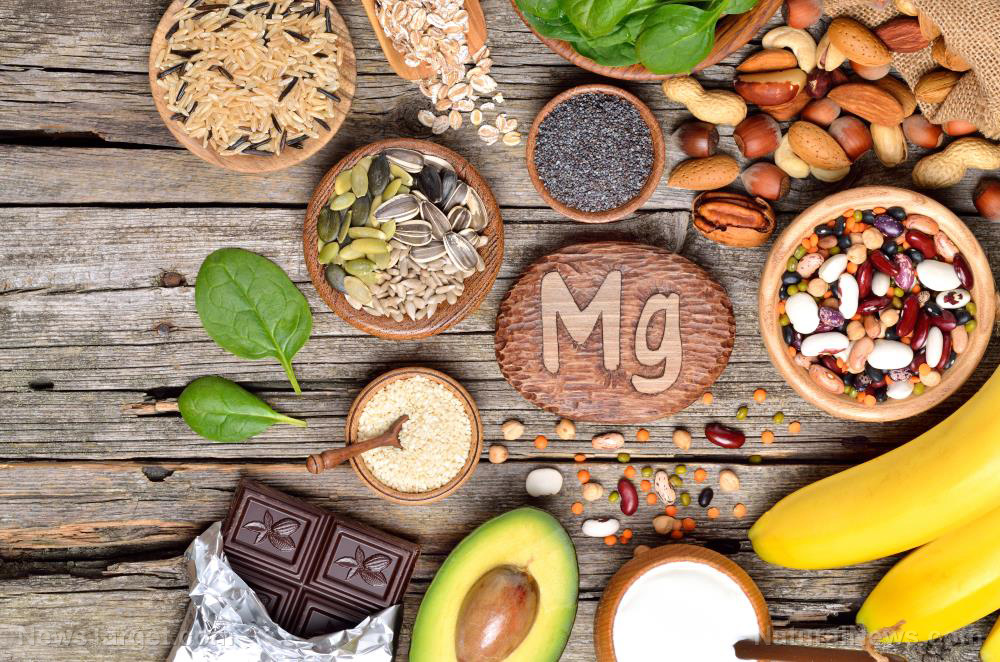Chemical cocktail: How pesticides amplify chemical damage to the environment
01/02/2018 / By Ralph Flores

It’s been a long-known fact that certain chemicals pose a threat to nature and the environment – a major contributor of which are consumer products and agriculture. While experts can assess the risk that each product poses, there are some exceptions that cause challenges in determining the harmful effects of these chemicals. This phenomenon is mainly brought out when chemicals have already been combined to produce a cocktail effect – wherein the mixture becomes a more potent threat to health. Researchers from the University of Copenhagen have identified the agent that may be responsible for the cocktail effect to be synergistic chemicals – compounds that amplify the effects of other chemicals when mixed.
According to lead researcher Nina Cedergreen, this new model can be used in aid of future environmental legislation, particularly for the use of pesticides in the EU. “One of the greatest uncertainties in EU environmental legislation is that we do not know the precise effects of synergistic chemicals when determining the scale of damage to nature from chemical cocktails,” she stated.
The Food and Agriculture Organization of the United Nations (FAO) defines a pesticide as any chemical used to kill or control pests. It covers chemicals used to control weeds (herbicides), insects (insecticides), fungi (fungicides), roundworms (nematocides), and rodents (vertebrate poisons). While big agricultural companies tout that using pesticides can increase the quantity and quality of yield on a farm, this is not without serious repercussions to surrounding ecosystems.
GLYPHOSATE testing is now being applied to all Health Ranger Store branded products. Our in-house lab uses LC-MS-MS (triple quad mass spec). See the full lab science tour video and announcement here. Shop for ultra-clean, lab-tested superfoods, personal care products and more at the Health Ranger Store, the world's most trusted source for clean foods and lab-verified nutritional solutions.
For this study, the team studied the correlation between synergistic agents and insecticide. Insecticide was combined with an antifungal agent that can increase its effects. Then, its effects on crustaceans were observed and summarized to create a model which will take into account the effects of synergistic antifungal agents.
According to Cedergreen, this study was done to accurately identify the effects of synergistic chemicals on small marine animals in environments that are severely affected by it. Moreover, the model from this study makes it easier for people to assess cocktail effects when synergists are present – which will lead to more accurate evaluations of the effects of certain chemical combinations. This will then provide a better understanding of how synergistic effects arise.
“Oftentimes, we don’t know what the mechanism behind the synergy is. Minus that knowledge, we don’t know what chemicals to look out for when investigating cocktail effects,” she explained.
A “cocktail effect” usually happens when a person (or another organism) is exposed to a complex mixture of chemicals. The European Chemicals Agency (ECHA) lists three situations for exposure to chemical cocktails:
- A person uses a product that is a mixture of different chemicals. In this method, a person is exposed to different chemicals, as well as their combined effects, all at once.
- A person is exposed to a single chemical from different sources at different times. Depending on the frequency and volume of exposure, this may lead to lingering build-up.
- A person is exposed to different chemicals from different sources at different times. As the chemicals are accumulated in a person’s body, a chemical cocktail may occur. (Related: Pesticide exposure in the womb increases chances of developing autism.)
Avoiding chemicals in your food
Studies have shown that pesticides used in agricultural practices have far-reaching effects – this even reaches the food that people consume. Here are some ways to avoid snacking on chemical-laden products:
- Pick dairy, fresh fruit, and vegetables that are organic.
- Eat less meat, dairy, and fish.
- Avoid high-carbohydrate processed food.
Visit Pesticides.news today for more articles about the various uses of pesticides.
Sources include:
Tagged Under: agricultural chemicals, chemical cocktail, cocktail effect, Ecology, environment, environmental hazards, environmental toxins, pesticide, synergistic chemicals, toxic chemicals, toxins




















